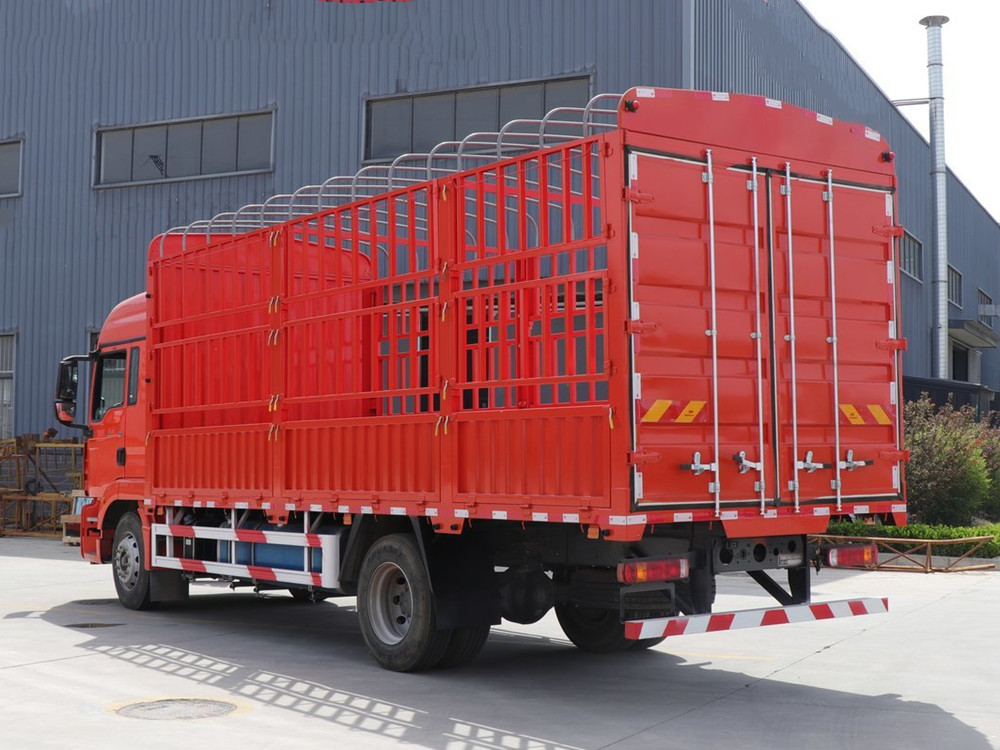1. Strategic Fleet Deployment: Addressing Archipelago Logistics Challenges
The Philippines has taken a decisive step toward modernizing its freight infrastructure with the delivery of 200 next-generation cargo trucks, designed to optimize supply chains across its 7,600-island archipelago. Funded by the Department of Transportation and private partners like San Miguel Corporation and International Container Terminal Services Inc., these vehicles will service priority routes connecting Luzon’s industrial hubs, Visayas’ agricultural centers, and Mindanao’s mining districts.
The trucks are strategically stationed in Batangas, Cebu, and Davao—gateways to the country’s busiest ports—to reduce reliance on slower maritime transfers for time-sensitive goods. This initiative aligns with the National Logistics Efficiency Act of 2024, which mandates a 25% reduction in domestic cargo transit times by 2027. The deployment also supports the ASEAN Single Window initiative, streamlining customs processes for cross-border shipments to Malaysia and Indonesia.
2. Engineering Excellence: Durability and Adaptability for Tropical Conditions
Among the fleet, 50 specialized dry van trucks stand out for their airtight, humidity-controlled cargo bays, engineered to protect electronics, pharmaceuticals, and perishables during the Philippines’ prolonged rainy season. Constructed with lightweight composite materials, these trucks improve fuel efficiency by 30% while maintaining payload capacity—a critical advantage for navigating mountainous terrains like the Cordillera Central range.
2.1 Hybrid Powertrains and Smart Tracking: Reducing Costs and Emissions
Keyword: Fuel Efficiency
The trucks feature hybrid diesel-electric engines and telematics systems that optimize routes in real time, avoiding traffic bottlenecks in Metro Manila and typhoon-affected areas. During pilot tests on the Manila-to-Baguio corridor, the dry van trucks reduced spoilage rates for vegetable shipments by 22% and cut fuel consumption by 35% compared to legacy models.
Advanced GPS tracking, integrated with the government’s Central Luzon Freight Coordination Platform, allows shippers to monitor cargo conditions like temperature and vibration. This technology addresses a longstanding pain point: an estimated 18% of agricultural exports were previously lost due to inadequate transport monitoring.
3. Economic and Regional Impact: Strengthening Supply Chain Resilience
The fleet’s rollout is projected to boost the Philippines’ logistics performance index ranking from 60th to 40th globally by 2026, according to the World Bank. Local manufacturers, particularly electronics firms in Cavite and Laguna, have already reported a 15% improvement in delivery reliability for components bound for export factories in Vietnam and Thailand.
The dry van trucks are also catalyzing regional trade through the Brunei-Indonesia-Philippines Growth Triangle (BIMP-EAGA), with cross-border transit times for Mindanao-to-Sulawesi routes reduced from 14 days to 9 days. Meanwhile, the Automotive Industry Development Alliance has partnered with Toyota and Mitsubishi to train 850 drivers in eco-driving techniques and hybrid vehicle maintenance. This upskilling initiative dovetails with the national target to cut transport-related carbon emissions by 50% by 2030.
With charging stations now operational along the Pan-Philippine Highway and a new ASEAN-wide maintenance pact signed with Japan’s JICA, the Philippines is positioning itself as a linchpin in Southeast Asia’s freight network. By harmonizing cutting-edge engineering, data-driven logistics, and regional collaboration, this cargo truck fleet exemplifies how targeted infrastructure investments can transform geographic challenges into economic opportunities.

